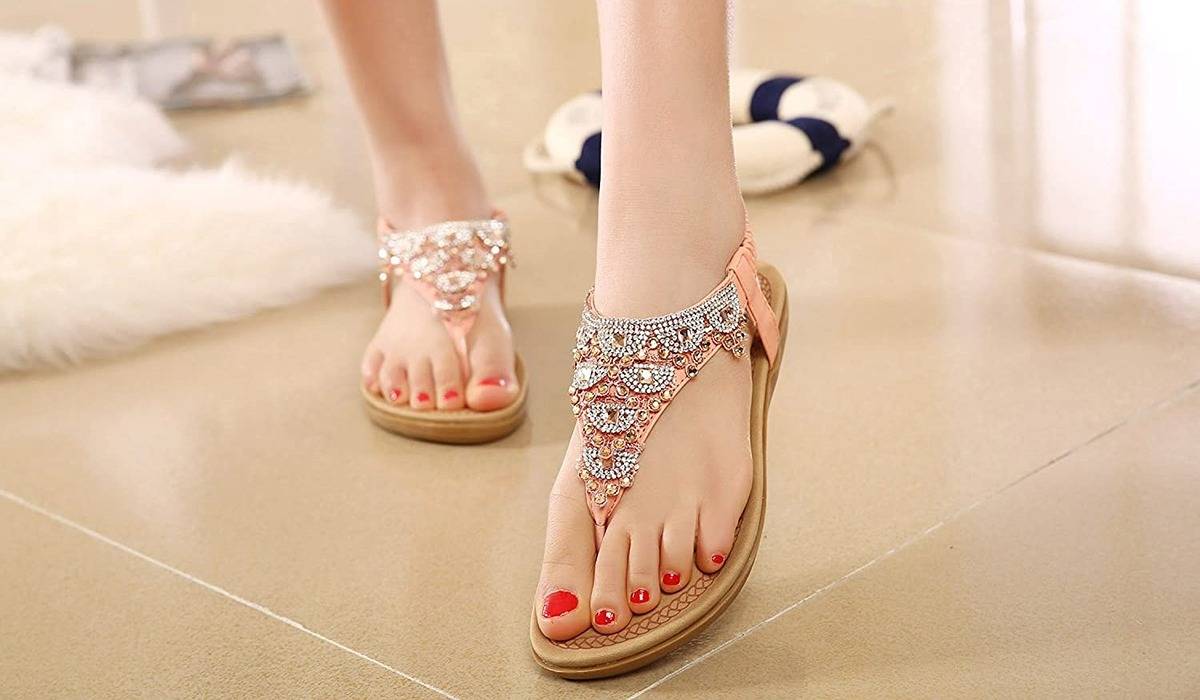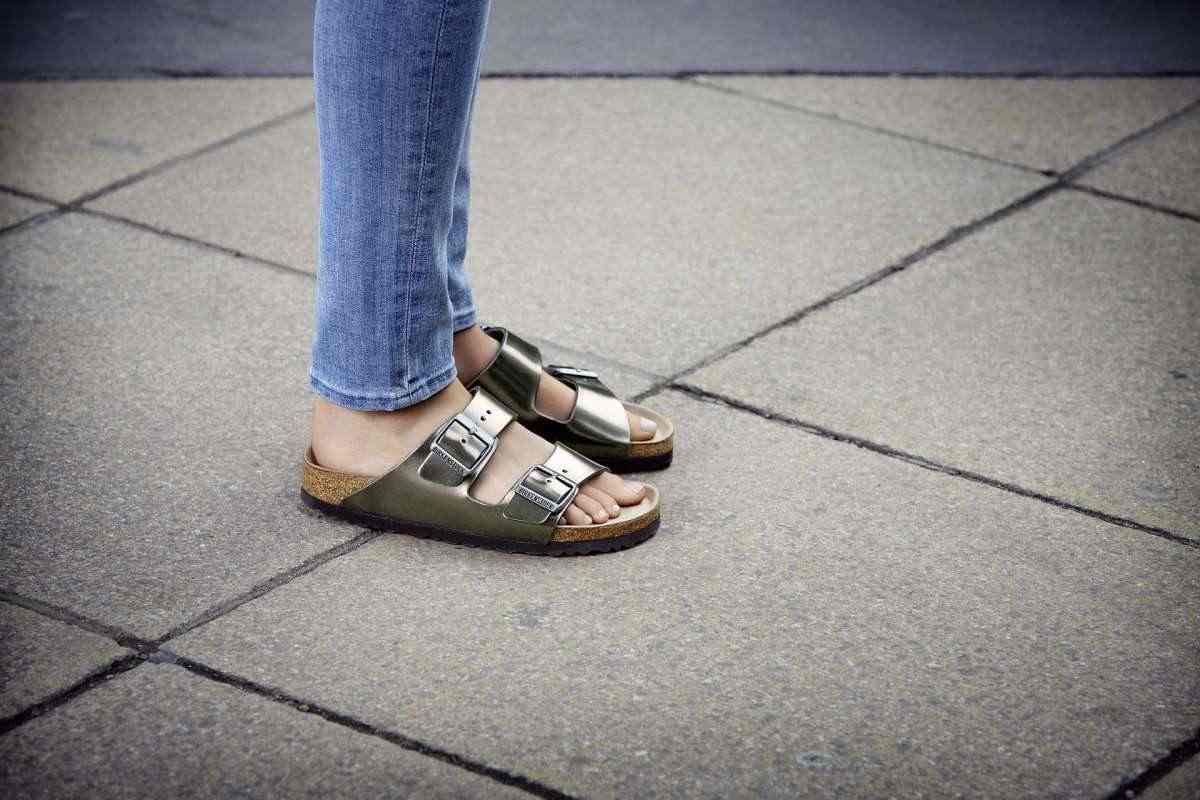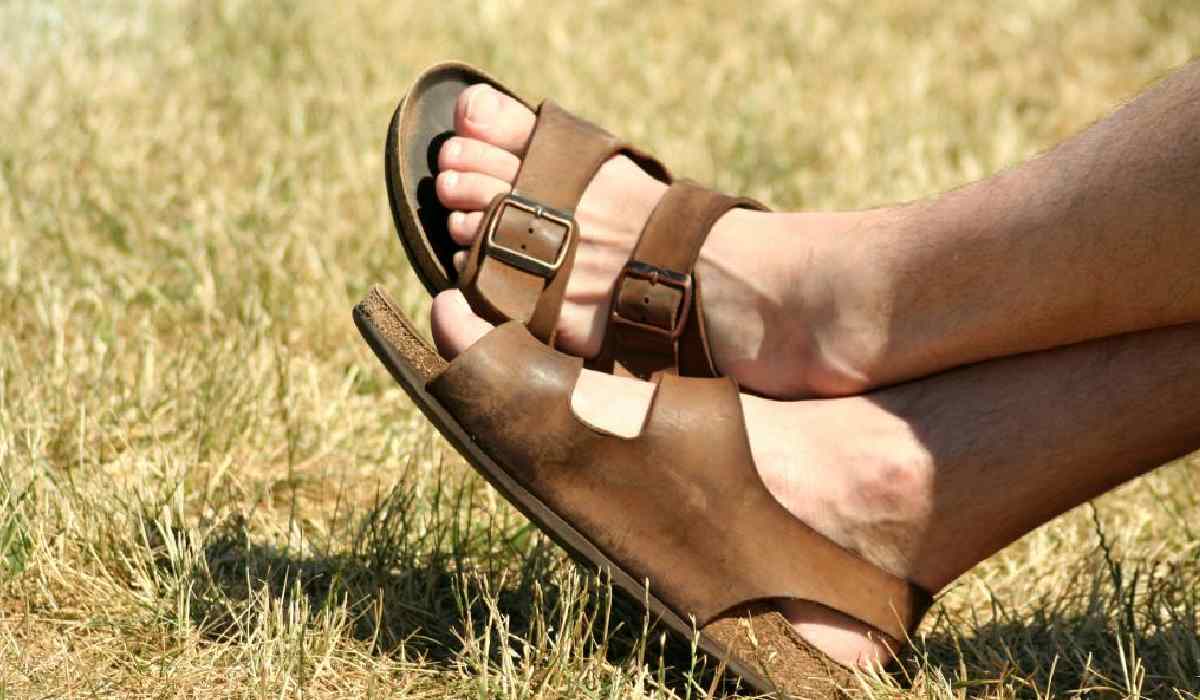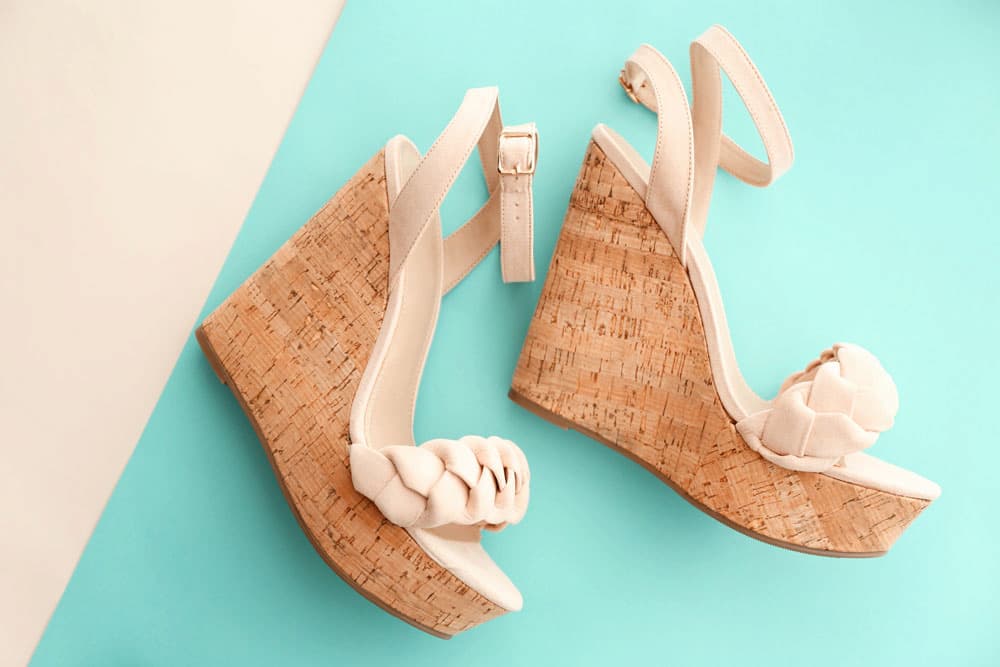Footwear made of injection-molded soft plastic, often known by sexier-sounding names like jelly sandals and jellies, is manufactured all over the world from Canada to China, rising and waning in popularity at any given period. Many people recall-making jellies as a child and others still do so today.
However, jelly shoes first appeared in the 1980s. Grendene, a Brazilian company, manufactured the early items, which were sold and distributed in the United States by the Grendha Shoe Corporation for roughly $10 to $20 each pair. Grendha took design seriously for such a low-cost shoe:
Jellies were restyled every six months or so to keep up with the competition. Four European designers devised the current rollouts [source: Baker].
However, a lock on soft plastic footwear can only last so long. Plastic shoes are now manufactured by a variety of companies in a wide range of styles and marketed at a variety of pricing points.
They can be transparent or opaque, clear or colorful, woven or solid, glittering or bejeweled, translucent or opaque. Jelly enthusiasts adore the shoes because.

they are simple to clean, inexpensive to produce, and comfortable to wear (although there are others who would beg to differ on that last point).
While most jellies are inexpensive to produce, those targeted to high-end consumers and produced by companies better recognized for their excellent footwear can be extremely expensive.
On the following page, we will look at how jelly sneakers jumped off the assembly line and onto shoe store shelves all around the world.
So, how did clear plastic shoes from Brazil become popular in the United States? While it’s unclear when or where jelly shoes were conceived, they made their game-changing debut in the United States at the 1982 Knoxville World’s Fair.
They cemented their place in the annals of fashionable footwear the following February during a shoe exposition in Chicago [sources: Moore, Baker].
The Preston Haag family was at the helm of this drive into the wider fashion world. Preston Haag Sr., a former banker looking for a new career, was traveling around South America in 1981 looking for things to market.

He first saw jellies in Brazil, and he soon signed a distribution agreement with the firm that made them, Grendene, to market the distinctive shoes in the United States under the combined name: Grendha shoes.
The Preston Haag family placed their first order for 24,000 pairs of shoes. It was 3.5 million two years later [source: Baker]. Bloomingdale’s was an early customer; Doris Johanson, an employee in charge of purchasing selections, ordered 2,400 pairs in nine styles at the Chicago shoe convention. The shoes were available on Bloomingdale’s sales floor as well as through the catalog.
Others saw the potential of jelly shoes as well, expanding the field of injection-molded soft plastic footwear and experimenting with various compositions. The next step is to learn how jelly shoes are created.
Jelly Shoes are produced from a variety of plasticized materials, the most popular of which is PVC. PVC, which stands for polyvinyl chloride, has numerous formulation options and can be stiff or flexible. It is quite inexpensive to produce, and the things manufactured from it are often long lasting and low-maintenance.
Making jelly shoes is a rather simple technique. Machinists at Grendene, for example, shape molds for their many brands using CNC machines (that stands for computer numerical control).

The jellies are then made by the injection molding process, in which PVC resin, together with other additives to control the rigidity, texture, color, and other physical qualities of the shoes, is pressed into molds to take shape.
Researching which additive combinations work best is an important element of their operation; they currently have over 70 different PVC formulations. Some even include recycled PVC.
PVC is also used to make a variety of different items. It is widely utilized in construction, automotive, agricultural, medical, electronic, and packaging applications. It can also be found in consumer items like as garden hoses, sporting equipment, kitchen appliances, and children’s toys.
On the following page, we will look at the journey jellies have taken via fashion publications’ do’s and don’ts lists over the years.
Jelly Shoes’ Ascension and fallJelly shoes have been riding the fashion rollercoaster since the early 1980s. Moreover, while they are likely best identified with the 1980s, they continue to appeal to today’s consumers.
In the mid-’90s, there was a wave of new or slightly more mature buyers, followed by another in the mid-’00s. Grendene produced over 131 million pairs in 2006.
There is currently a plethora of shapes available in the world of injection-molded soft plastic footwear, so if you want to return jellies, you do not have to choose the same styles from your youth.
There are plenty of PVC ballet slippers, pumps, flats, thongs, boots, and sandals. Some have styled straps, some have bows, and yet others have rhinestones and other glitzy embellishments. Jelly shoes can also be lined with warmer inside materials for winter wear to keep feet warm.
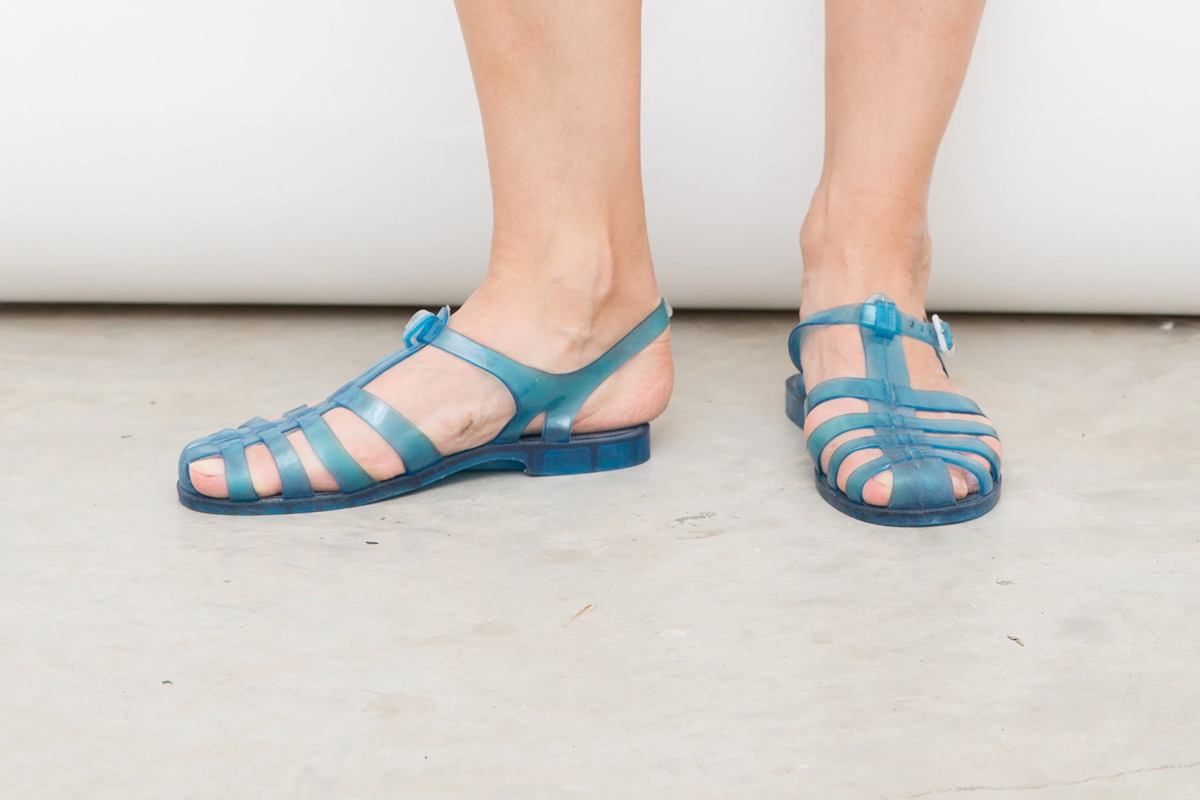
Jelly sneakers can range in price from a few dollars to hundreds of dollars. Some designer pairs have even been spotted on models walking down runways.
Critics of jelly shoes frequently claim that they are uncomfortable, especially when the weather warms and people’s feet begin to sweat – and stink. One fashion critic stated that shoes are fine for children, but adults should avoid such fashion faux pas [source: Rickey].
Even so, some people will always find the jelly trend to be fun, funky, and utilitarian – an ’80s throwback or a modern style statement.
Regardless of where you fall on the big jelly-shoe spectrum, one thing is certain: as a craze, they will most certainly return repeatedly.
Because PVC is so durable, it does not hurt to keep an old pair. That way, the next time fashion publications rave about something, you will not have to rush out and buy a new pair.
